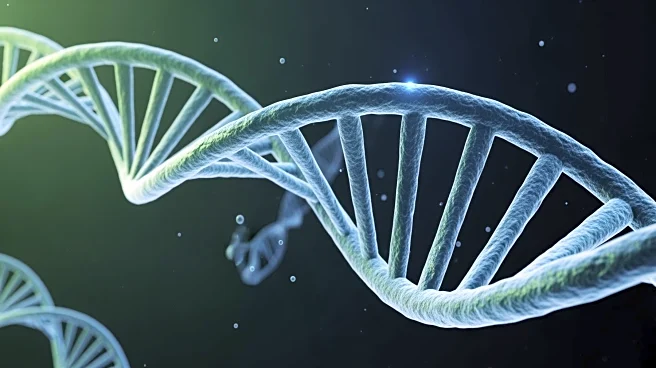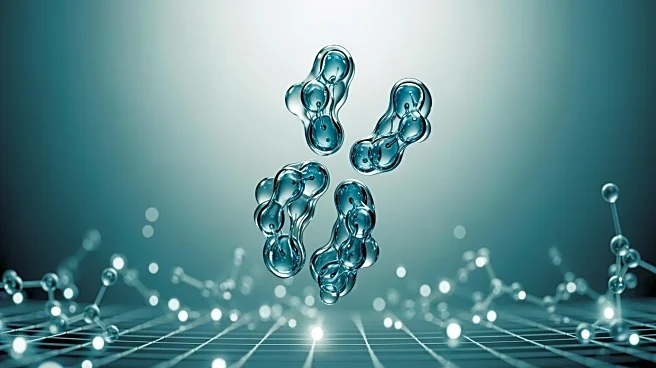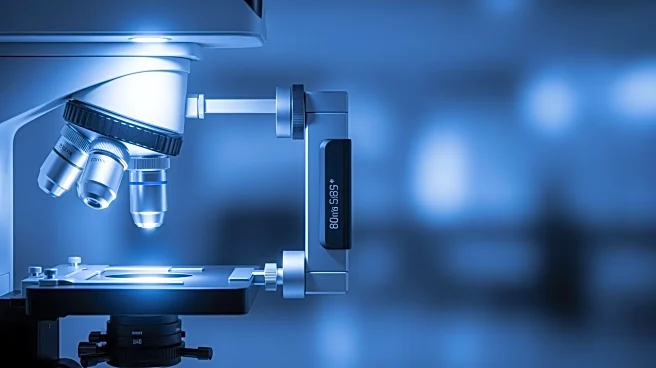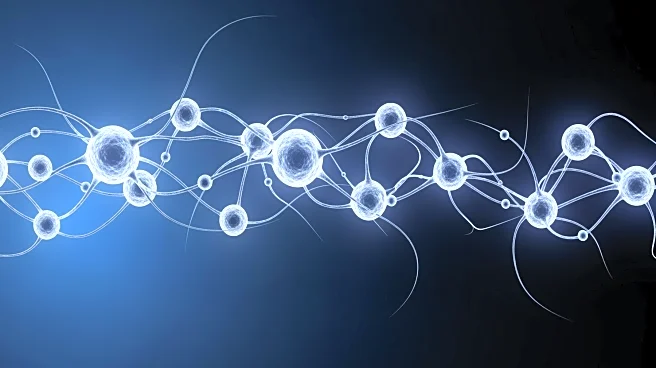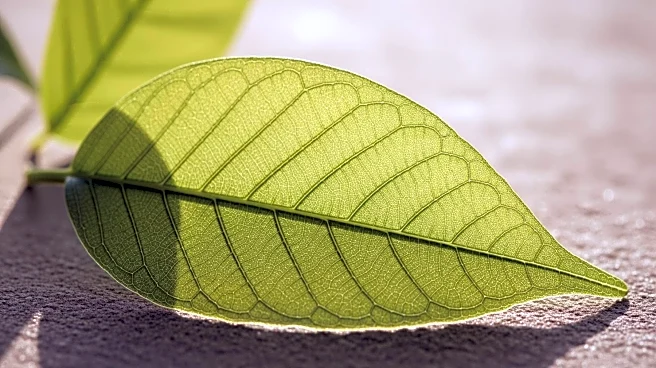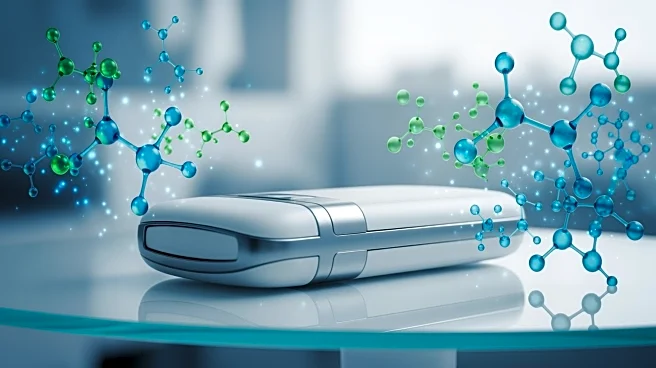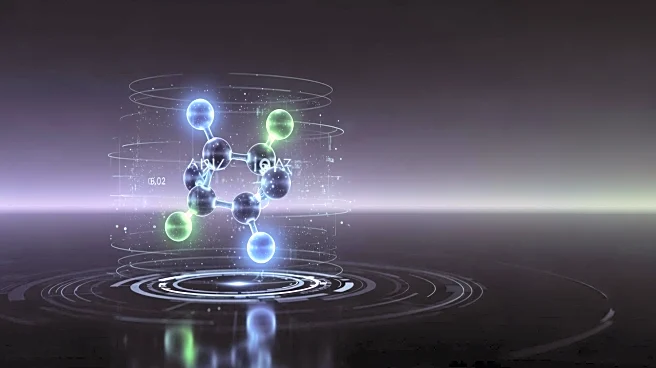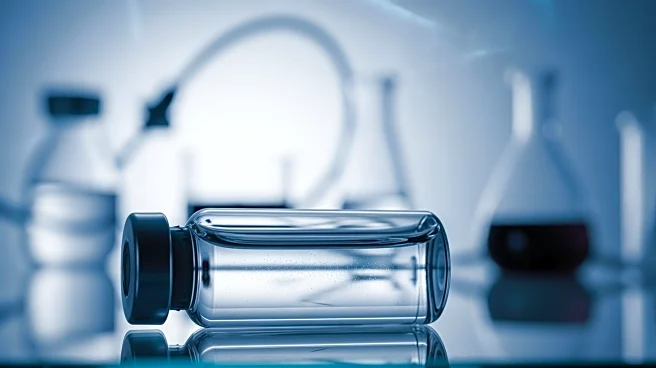What's Happening?
Researchers at Utrecht University have developed a new fluorescent sensor that allows scientists to observe DNA damage and repair in real time within living cells. This innovation, published in Nature
Communications, marks a significant advancement over previous methods that required killing and fixing cells to capture snapshots of the repair process. The sensor, built from natural protein components, attaches a fluorescent tag to a domain that binds to markers on damaged DNA, enabling continuous observation without disrupting cellular repair mechanisms. This tool has been tested successfully in both cultured cells and living organisms, such as the worm C. elegans, demonstrating its versatility and potential for broader biological applications.
Why It's Important?
The development of this sensor is crucial for advancing research in cancer, drug safety testing, and aging biology. By providing a more realistic and continuous view of DNA repair processes, the sensor can enhance the accuracy and efficiency of medical research. It offers potential improvements in cancer therapy development, where understanding DNA damage and repair is vital. Additionally, the tool's ability to map DNA damage and identify associated proteins could lead to new insights into cellular repair mechanisms and disease progression, ultimately contributing to the development of targeted therapies and improved diagnostic methods.
What's Next?
The sensor's open availability to the scientific community is expected to accelerate research in various fields. Researchers can now explore new experiments that were previously unfeasible, potentially leading to breakthroughs in understanding DNA repair and its implications in diseases. The tool's application in living organisms suggests it could be used in clinical settings to study natural aging processes and detect exposure to radiation or mutagens. As more laboratories adopt this technology, it may lead to the development of new diagnostic and therapeutic strategies, particularly in oncology and regenerative medicine.
